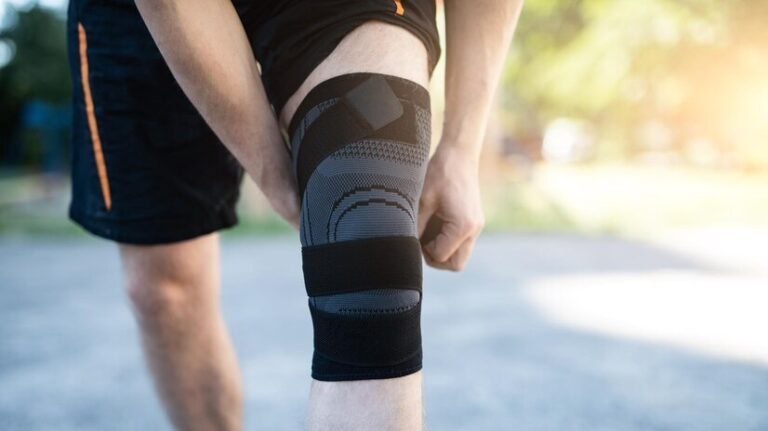Medicare and Mobility: Navigating Walker Coverage
Navigating Medicare coverage for walkers involves understanding eligibility criteria, obtaining a doctor’s prescription, and choosing a Medicare-approved supplier. Coverage typically includes basic walkers and rollators if deemed medically necessary. Familiarize yourself with potential out-of-pocket costs and ensure proper documentation to streamline the approval process and secure the needed mobility aid.
Introduction to Medicare Walker Coverage
Walkers are vital for many seniors to maintain mobility and independence, but understanding Medicare coverage for these aids can be challenging. This article aims to clarify the process of obtaining walkers through Medicare. Many people ask, Does Medicare pay for a walker? The answer is yes, but specific steps and criteria must be understood.
First and foremost, Medicare Part B covers durable medical equipment (DME) like walkers. However, a healthcare provider must deem the walker medically necessary and conform to Medicare’s approved equipment list. This necessity is determined through a face-to-face examination and thorough medical evaluation, ensuring the walker is appropriate for the individual’s condition.
Why Walkers Matter for Seniors
For seniors, walkers provide vital support. They help prevent falls, enhance stability, and offer a sense of safety. According to the CDC, falls are a leading cause of injury among older adults, making walkers an invaluable resource for maintaining independence. A walker’s physical security may significantly enhance seniors’ quality of life, enabling them to move freely without worrying about falling. Moreover, walkers can provide a psychological boost by improving confidence and reducing anxiety about mobility.
Understanding Medicare Coverage for Walkers
To ensure that one receives the necessary support through Medicare, it’s critical to understand the types of walkers covered and the conditions that must be met for coverage. One essential condition is that a healthcare provider must prescribe the walker after a face-to-face examination and a thorough medical evaluation. It’s also vital to choose a supplier enrolled in Medicare to avoid any unexpected costs or rejections of coverage. Medicare typically requires detailed documentation and adherence to specific criteria to approve coverage.
Types of Walkers Covered
Medicare covers various types of walkers, each serving different mobility needs. Knowing the differences can help individuals select the most appropriate option:
- Standard Walkers: Basic models without wheels, ideal for those needing firm support but more mobility assistance. These walkers are stable and can be lifted and placed down for movement.
- Rolling Walkers: Walkers with wheels for easier maneuverability, suitable for those who can manage more flexibility and movement. They often come with hand brakes and a seat for resting, making them ideal for longer distances.
- Knee Walkers: These are alternatives for those with lower leg injuries who need temporary and specific types of mobility aid. These walkers allow users to rest one knee on a padded surface while propelling themselves with the other leg, providing a significant advantage over crutches for specific injuries.
Steps to Secure Medicare Coverage
Securing Medicare coverage for a walker involves several steps that must be carefully followed:
- Consult with Your Doctor: Obtain a prescription for a walker. Your healthcare provider will assess whether a walker is medically necessary based on your health needs. This step is crucial because Medicare requires a documented medical necessity for the equipment.
- Choose a Medicare Supplier: Find a supplier enrolled in Medicare. Not all suppliers accept Medicare, so verifying this before making decisions is crucial. Choosing an approved supplier ensures that your purchase will be covered under Medicare guidelines.
- Submit Required Documentation: Ensure all necessary paperwork and documentation are completed and submitted to the supplier and Medicare. This includes the doctor’s prescription, a Certificate of Medical Necessity, and additional forms as required. Proper documentation is essential to avoid delays or denials in coverage.
Common Questions About Walker Coverage
Many seniors and their families have questions about Medicare and walker coverage. Let’s address a few:
- Will Medicare cover the entire cost? Medicare typically covers 80% of the approved amount, leaving the remaining 20% covered by the beneficiary or secondary insurance. This co-payment ensures that beneficiaries have some responsibility in managing their healthcare costs.
- Can I choose any walker I want? The walker must meet Medicare’s requirements and be deemed medically necessary. Not all types of walkers may be covered, mainly if they include non-essential features that drive up costs unnecessarily.
- What if my walker needs repairs? Medicare may cover repairs for your walker if they are deemed medically necessary. This ensures that the equipment remains functional and safe for use.
Alternatives and Additional Support
Other options exist if Medicare doesn’t cover the desired walker or additional support is needed. Programs like Medicaid, veteran’s benefits, and local community organizations often provide resources and support for acquiring necessary mobility aids. Resources such as AARP offer valuable guidance on securing additional funding and support. These organizations can often provide further avenues of support, ensuring that seniors receive the mobility aids they need. In some cases, charitable organizations and senior assistance programs may also offer grants or low-cost options for assistive devices.
Conclusion: Ensuring Mobility and Independence
In conclusion, walkers are indispensable for many seniors in maintaining mobility and independence. Navigating Medicare coverage for walkers may seem complex, but it’s achievable with the correct information and steps. Ensuring our senior loved ones get access to these tools entails improving their safety and quality of life. Understanding the full scope of what Medicare provides allows for more effective and sustained mobility solutions, ultimately enhancing the independence and well-being of seniors.







